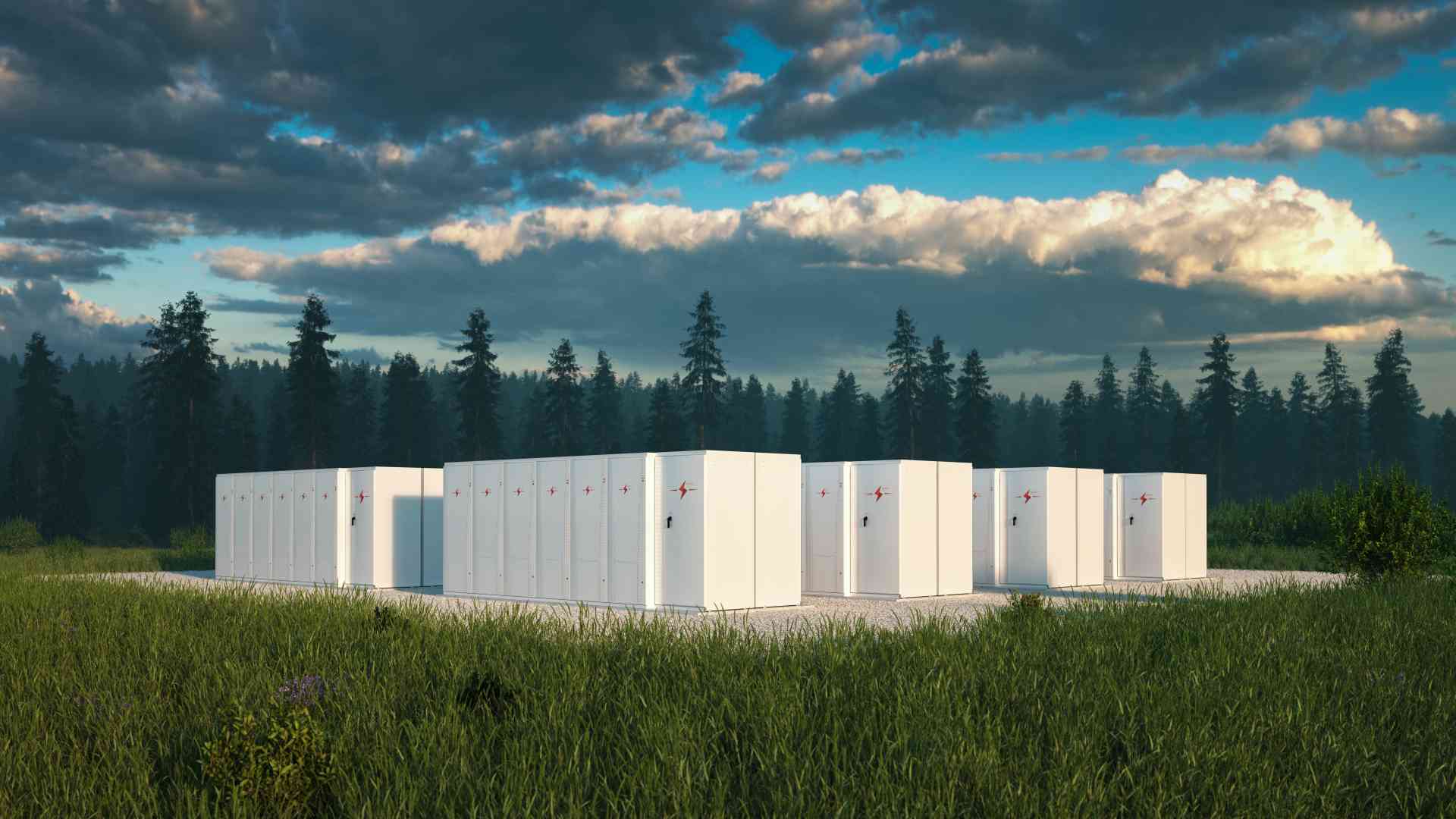Boron Energy Storage
The energy sector is transforming as the increased penetration of renewable energy sources, such as wind and solar, is driving the need for boron energy storage solutions that can help balance the grid. Energy storage can provide many benefits to energy storage systems, including improved system efficiency and reliability and reduced greenhouse emissions.

Boric Acid in Energy Storage Systems
There are various energy storage technologies available, each with its advantages and disadvantages. Such technologies include mechanical systems, such as flywheels and compressed air energy storage, and thermal energy storage. i.e. molten salt and ice storage, chemical energy storage, such as batteries and hydrogen fuel cells, and electrical energy storage, which means capacitors and superconducting magnetic energy storage.
The most suitable technology for a particular application will depend on a number of factors, including the energy density, energy stored per unit volume, the energy efficiency, energy percentage converted from one form to another, power density, the rate at which energy takes conversion, and the cost.
Thermochemical heat storage works by reversibly changing the state of a chemical compound to store or release heat. For example, when water is heated. It undergoes a change of state from liquid to vapor. This process absorbs a large amount of heat energy, which can be rereleased when the water vapor is allowed to cool and condense back into liquid water.
Thermochemical energy storage is a promising technology for several reasons. The high energy density means that a relatively small amount of material can store a large amount of energy.
It can store energy at high temperatures, which is well-suited for applications such as solar, and thermal power plants. And third, zero heat losses make it efficient for long-term storage.
Scientists at T U Wien in Vienna have used the principle of conversion of thermal energy into chemical energy and vice versa. They have developed a chemical heat storage system to store high amounts of energy in an environmentally friendly manner for an almost infinite period. The system works by converting heat energy into a chemical reaction: boric acid to boric acid and water, which can then be stored in tanks.
The chemical reaction reverses when water is added back to the suspension, and the stored heat energy is rereleased. This process can be repeated endlessly, making it a very efficient way to store energy.
So what about boric acid is a thermal chemical energy storage material?
Using boric acid could provide an efficient and environmentally friendly way to store energy. By mixing boric acid with oil, a suspension is created that can be used in a reactor. The reactor wall temperature is then raised to between 70 and 200 degrees centigrade. This process creates energy that can be stored and used later.
Additionally, this method could capture the energy that would otherwise be lost in industrial plants. Such temperatures can also be attained simply by concentrating sunlight. However, this is not necessarily unique.
Well, what is boric acid? It’s a white powdery substance that has many uses. It’s used in insecticides, herbicides, and fungicides. It’s used to make strong glass ceramics and enamels. It’s found in borates, which are minerals that contain boron. It’s used as a wood preservative and fire-retardant, and it’s used in food, cosmetics, preservatives, lubricants, fireproofing agents, and so on.
Where will this boric acid come from? The global boric acid market is currently heavily reliant on Turkey suppliers by Eti Maden, which has access to the world’s largest supplies of boric acid. But another company aiming to bring boric acid to market from its permitted based in Southern California is 5e Advanced Materials materials. 5e is developing a substantial boric acid operation, with a lithium carbonate co product to supplement it.
The company anticipates reaching production by the second half of 2027. 5e hopes to use its boric acid for boron-advanced materials in the long run. Its mining refining process would also employ low waste, low foot footprint, low footprint in situ leaching.
So whither the technology? Although it has already been invented, scientists at TU Wien are still working to improve the process. According to Franz Winter, different reactor sizes would be preferable for different applications. These reactors must always be viewed as part of a larger system.
Depending on how much heat is, generated. Over what temperatures in an industrial plant, and what other energy technology facilities are already in place, the process must be optimally adapted.
In addition to boric acid, other chemicals, such as hydrated salts, have also been investigated.
Boric acid and salt hydrates have many advantages. They’re cheap, relatively easy to obtain, harmless, and stable over many repetitions. They can also be stored for an indefinite period.
Reactor technology is scalable to industrial levels, and the oil used allows for efficient heat transfer while protecting the reactor and solids during storage. Scientists believe this invention represents a significant step forward and will find its way into industrial application in the coming years.
And that’s all from Borates Today. Please check our website for more information on this and other topics and applications of boron and borates. Thanks for listening!





